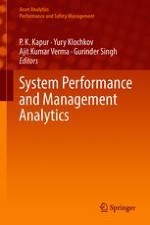2019 | OriginalPaper | Chapter
Testing the Effects of Agile and Flexible Supply Chain on the Firm Performance Through SEM
Authors : Mohammad Hossein Zavvar Sabegh, Aylin Caliskan, Yucel Ozturkoglu, Burak Cetiner
Published in: System Performance and Management Analytics
Publisher: Springer Singapore
Activate our intelligent search to find suitable subject content or patents.
Select sections of text to find matching patents with Artificial Intelligence. powered by
Select sections of text to find additional relevant content using AI-assisted search. powered by
